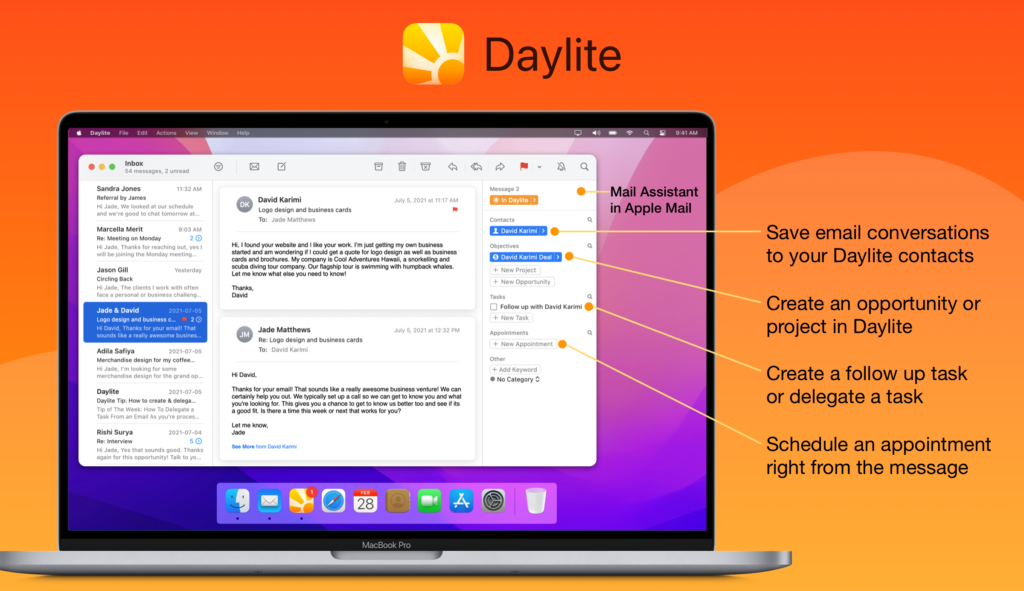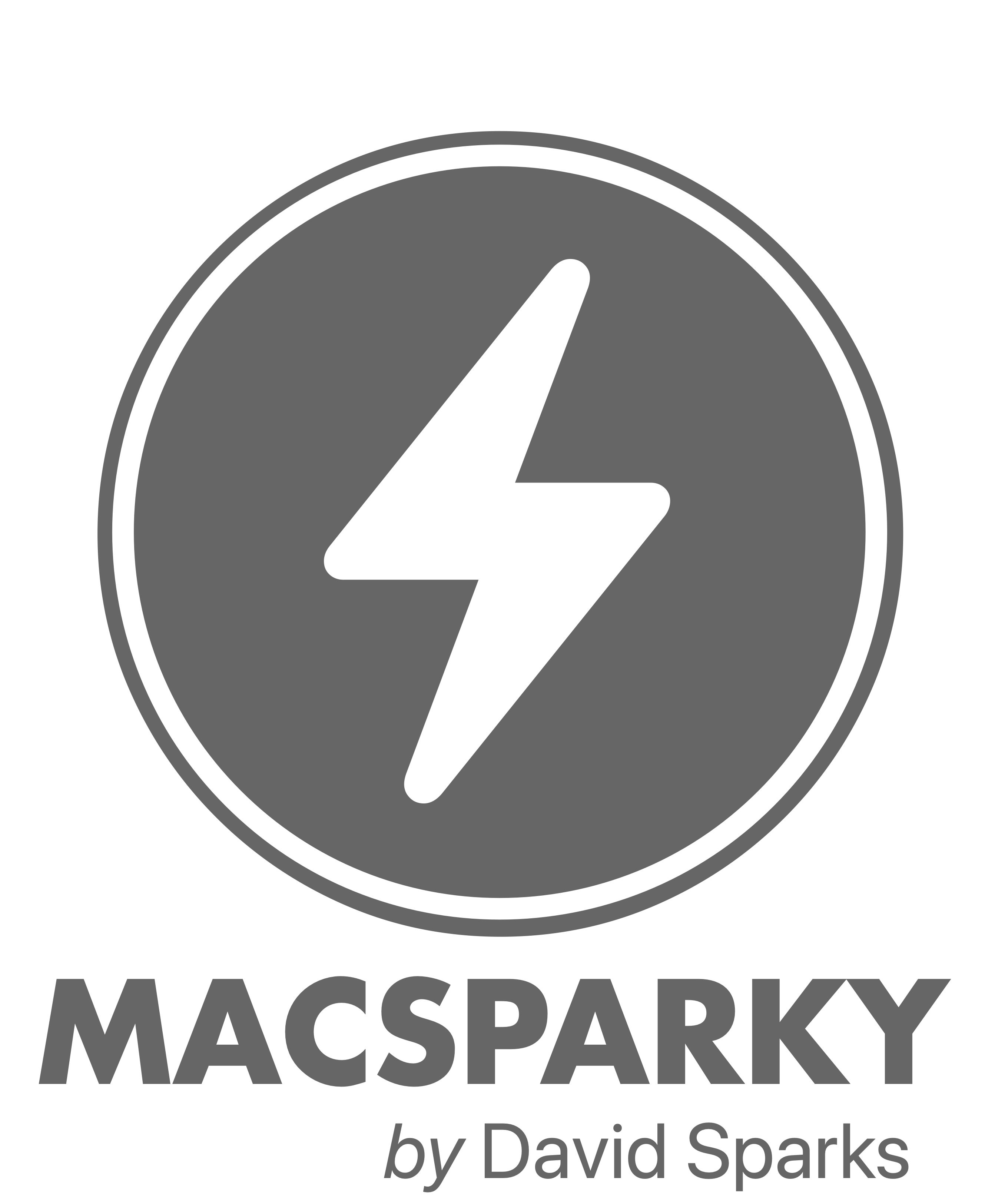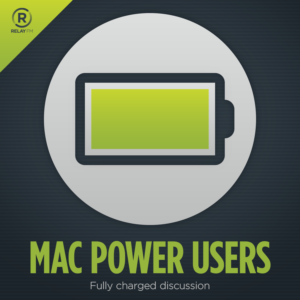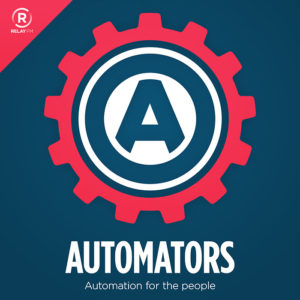
Daylite is more than just a CRM app for small businesses. Its Productivity capability is what sets Daylite apart from other web-based competitors. Here is an example of one of Daylite’s unique features – Daylite Mail Assistant (DMA). Direct Apple Mail integration allows you to take action from your inbox and be more productive. Instead of drowning in emails all day, you and your team can capture all email communication, clear out your inbox and stay on top of the next steps. Save emails related to clients, appointments, and tasks, so you have a full history of conversations in one place. Plus, you can create tasks in Daylite right from Apple Mail.
DMA automatically scans the email addresses in the “To” and “Cc” fields. If the person is a prospect and there is no prior correspondence, with two clicks, you and your team can store that first email as a piece of history in the Daylite database. DMA then searches for additional contacts or objects associated with that prospect. If another person at the prospect’s firm has been in contact about your offer and been identified as an open Opportunity in Daylite, that Opportunity and its related history will appear, allowing you to link it to the most recent prospect.
DMA can also display upcoming Tasks and Appointments with prospects and customers and add new ones if required, providing a handle on deliverables to anyone for your business who needs to know. DMA is only one of the many productivity-boosting power features that thousands of Mac-based small businesses couldn’t do without. To learn more about how Daylite, the made-for-Mac, iPhone & iPad CRM and productivity app, has become a game-changer for Mac-based small businesses. Learn more here.



